JEWELRY OF UZBEKISTAN
Jewelry in Uzbekistan has existed for more than three millennia. It has long been customary to endow many ornaments with the magical properties of amulets and talismans. In the ancient settlement of Dalverzintepa, in the south of the country, during excavations by archaeologists, a shelter was found in which there were precious items and jewelry from the time of the Kushan period, weighing more than thirty-two kilograms of gold and silver items decorated with precious stones. The precious products of the masters of Uzbekistan are distinguished by the unusual form, where, from fine details and elements, a truly beautiful work of art is created. The favorite material for jewelry is silver, unlike the Bukhara masters, who for a long time preferred to work with gold. An integral part of any workshop was a special furnace with lamb skin furs that manually fired charcoal fire. Gold and silver melted in crucibles of an clay furnace, butiсhes.
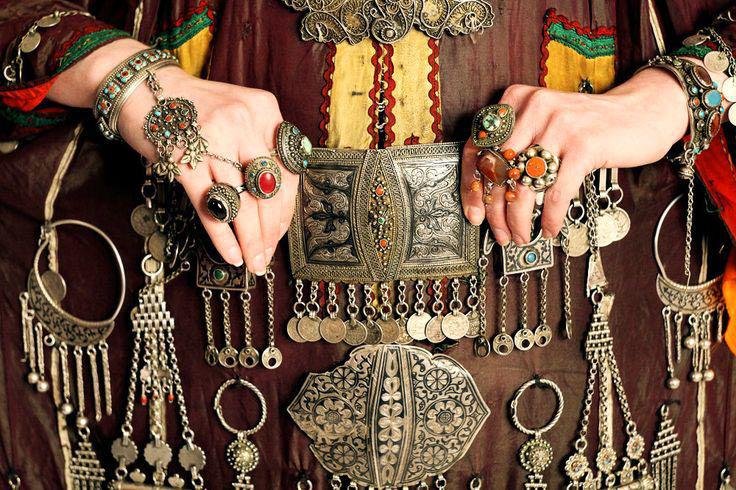
To create special elements of jewelry, the craftsmen used a special device, in the form of a copper tube – dahandam. With their breathing through a tube, jewelers gave the necessary forms to the details of the jewelry. In the manufacture of chains and pendants, grooves for securing precious stones in the product, the craftsmen used thin sharpened tongs, and for holding and pulling small elements – special thin tweezers. Excess parts were cut with special scissors, kaichi. Like a miniature forge, the jewelry table was lined with many hammers, anvils, tongs and ticks. All jewelers know how to forge metal and pour it into molds. For this reason, they are also called temir-usto, which means a metal master. Grain is one of the most popular jeweler techniques. It looks like a pattern assembled from many separate metal balls. In some patterns, gemstones were partially diluted with the same form of glass or enamel fragments.
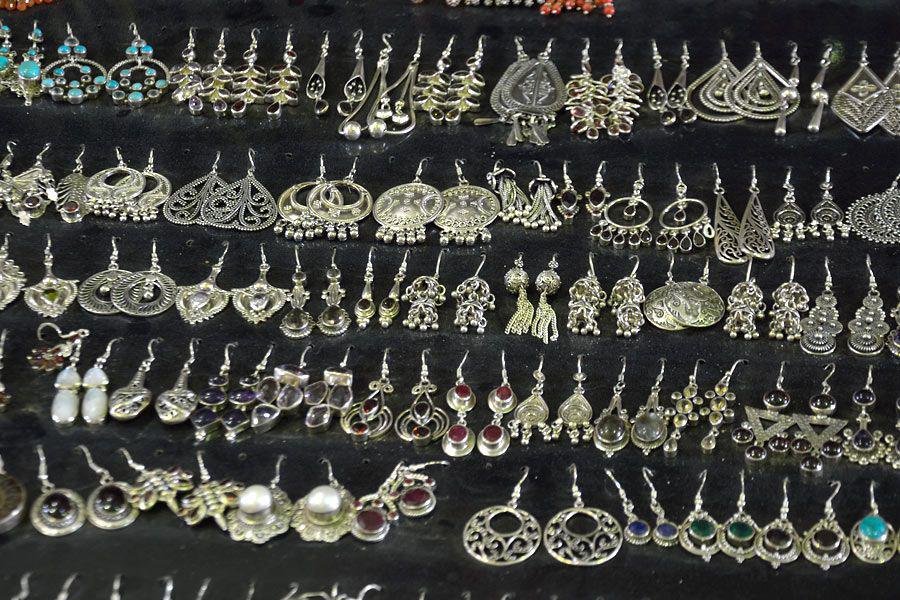
The jewelers who worked most with silver were formerly called Kumush-usto, the master of silver. Harnesses for khan’s horses were made of silver, they covered saddles, elements of scabbard and wardrobe trunks for weapons, and also decorated clothes. Men’s belts made of silver plates had a high price, and not everyone could afford them. There was a division of silver into soft and hard. Soft silver was a thin plate that was heated and broken into foil. They covered the steel parts of the products. Solid silver went to the manufacture of wire, from which later jewelry was made in the form of rings, chains and earrings.
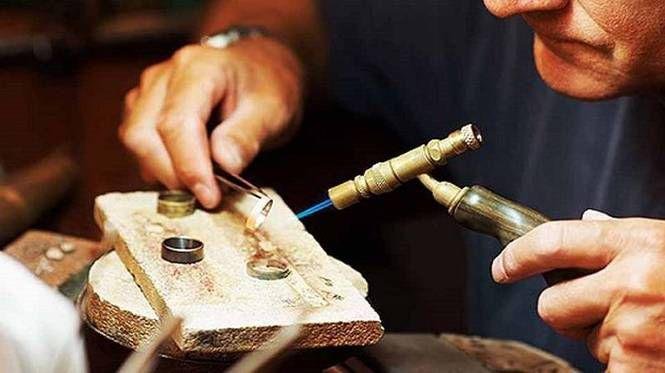
To mint patterns on a silver product, zargars, the so-called jewelers, used special tools in the form of chisels of different sizes, on which they knocked with a hammer with a certain force. As a result, a small trace was imprinted on the product.
Absolutely every jeweler had small scales on which metal was dosed and weighed for the product. The weight standard used to be considered a miskol, a spool of a certain size. In order to protect every crumb of precious metal, the jeweler fastened the item to a special block of wood, which, in turn, was located above a flat iron surface.

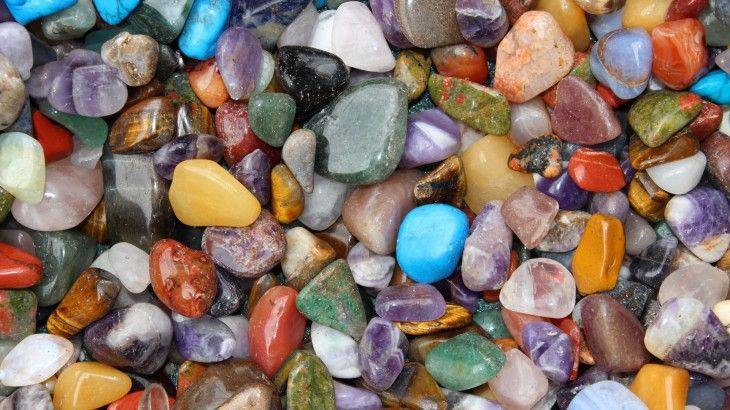
For jewelry, jewelers used precious and semiprecious stones, pearls, turquoise, sapphires, garnets. It was customary to grind these stones and not to grind them before installing them in the product. The stones were also endowed with magical properties. For example, arms were decorated with turquoise, believing that this particular stone helps in battle, giving strength and courage to the warrior. Relatives most often gave girls sets of jewelry at a wedding, many of which the girl then wore until the birth of her first child. Tilla-kosh, the golden kokoshnik worn by the brides of Tashkent, Bukhara and Ferghana, was covered with gilding, decorated with turquoise specks. And at the beginning of the twentieth century, the masters of Bukhara began to make Usma-tilla diadem, golden eyebrows, which had a curved shape of eyebrows. Shashpo is also one of the Bukhara women’s jewelry. It consists of many threads on which beads of gold, pearls and corals are collected, which were separated by small beautiful silk tassels.

In Khorezm, women’s jewelry has its own unique design. For example, Takyaduzi, one of the women’s hats, is made of many small metal plates, which, together with the pendants form the shape of a military helmet. Special cases for amulets, Tumor, are also distinguished by unique decoration. In addition to enamel decoration, tumors are also often covered with prayer texts. Pendants in the form of leaflets, flat plates, coins, strung in large quantities on threads, were fixed on the headdresses. It was believed that the ringing that they emitted during the movement drives away evil spirits and protects the woman. All in the same Khorezm region, it is customary for a pregnant woman to give a pendant in the form of a heart, “asyk”, which is decorated with a special sign “chahar-chorah”, a crosshair.

Special attention is paid to female earrings in Uzbekistan. Ferghana really appreciates Kashkar-Boldak earrings, made of gold or silver. Bukhara jewelers are very fond of making shibirma earrings, in their shape similar to petals with a large stone in the center, most often a ruby lined with pearls. Many centuries ago among women it was considered beautiful to wear several earrings at once, or an earring in the nose.

It should be noted earrings “ziraksoz” and rings “uzuksoz”. Usuksoz was usually worn on each finger, with the exception of the middle. They were decorated with bright stones such as ruby, pearls and turquoise. Most often, the decoration was in the form of a large stone, around which there were many small. Since then, not much has changed. Traditional ornaments and decoration methods have been preserved and are used in modern design. Only the tools with which zargars are doing their job have changed. Mastery and secrets are passed from master to student.
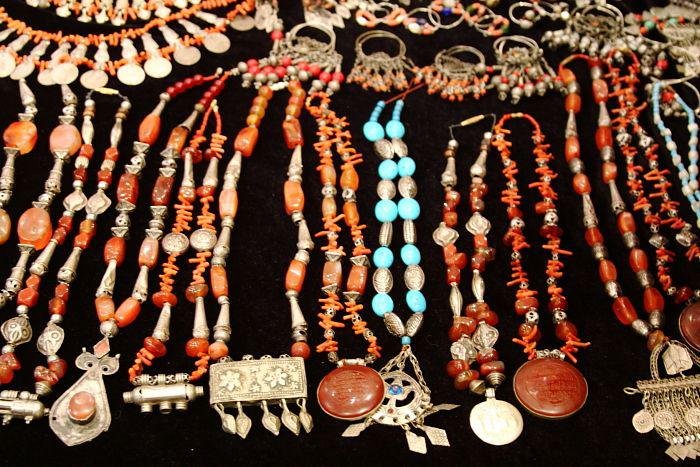
Once existed zargar workshops. To date, many jewelers have become honorary members of the Hunarmand, the Union of Artisans. The Zarafshan jewelry factory, paired with the Tashkent factory, are making successful attempts to renew the tradition of antique jewelry. Masters tirelessly work on the ancient design of jewelry, and in jewelry centers and stores, you can increasingly find gold jewelry made in the old style. From them breathes a centuries-old history, which the craftsmen transfer to metal and stone. Looking at all this, you involuntarily begin to believe that art has revived and received a new life in the hands of modern masters.


